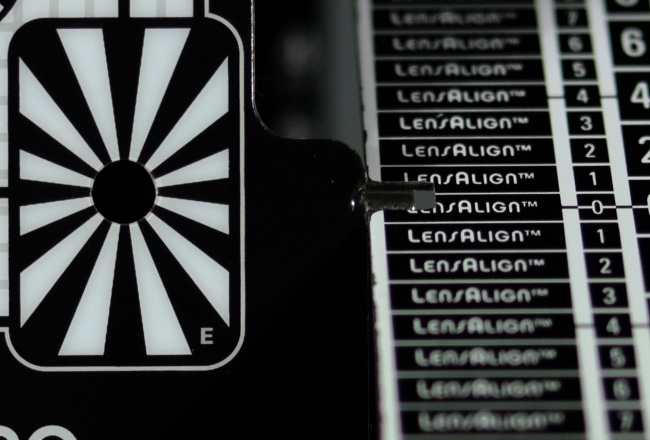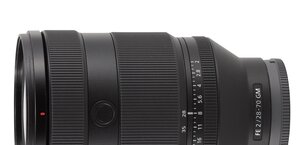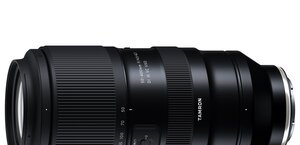Sigma C 23 mm f/1.4 DC DN
10. Autofocus and focus breathing
Autofocus
The autofocus of the tested Sigma joined with the Fujifilm X-T2 camera is noiseless and very quick. Running through the whole distance range and confirming the focus takes just 0.3-0.4 of a second, that's really fast. Waverings of the mechanism are few and far between, mainly in situations when you try to focus on a not especially contrasted area. But even then focus hunting is just a matter of split seconds, enlarging the whole focusing time very slightly. In this category the work culture of the Sigma focusing mechanism should be assessed really high.When it comes to accuracy the situation was also very good – no matter whether we worked in our studio or outside, we didn't notice any significant problems. Our first Fujifilm X mount Sigma test showed that the company managed really well the implementation of this mount and is able to offer you lenses that are as similar to brand name products as it is only possible. Once again Sigma deserves to be praised.
The tested lens didn't have any distinct front or back focus tendencies either.
Please Support UsIf you enjoy our reviews and articles, and you want us to continue our work please, support our website by donating through PayPal. The funds are going to be used for paying our editorial team, renting servers, and equipping our testing studio; only that way we will be able to continue providing you interesting content for free. |
- - - - - - - - - - - - - - - - - - - - - - - - - - - - - - - - - - - - - - - - - - - - - - - -
| Fujifilm X-T2, f/1.4 |
 |
Focus breathing
Focus breathing tests show refraiming images as you oversharp them. We conduct the test by manually passing from the minimum focusing ditance to infinity with the aperture stopped down; then we check how the field of view of the lens changed as a result.After conducting a significant number of tests now we think we are also able to determine some reference points. A frame change ranging from 0 to 5% we consider to be low. Between 5 and 10% you can speak about medium levels. Usually such values constitute also the maximum efficiency level of any breathing compensation algorithms, present in some bodies. Between 10 and 15% focus breathing is high, above 15% its level can be called very high.
The test video of the Sigma lens is presented below:
On the basis of the recording above, comparing freeze-frames before and after oversharpening, we can estimate that the breathing of the tested lens amounts to about 14%, so on the borderline between high and very high levels. It means the correction of focus breathing wasn't a priority here.






